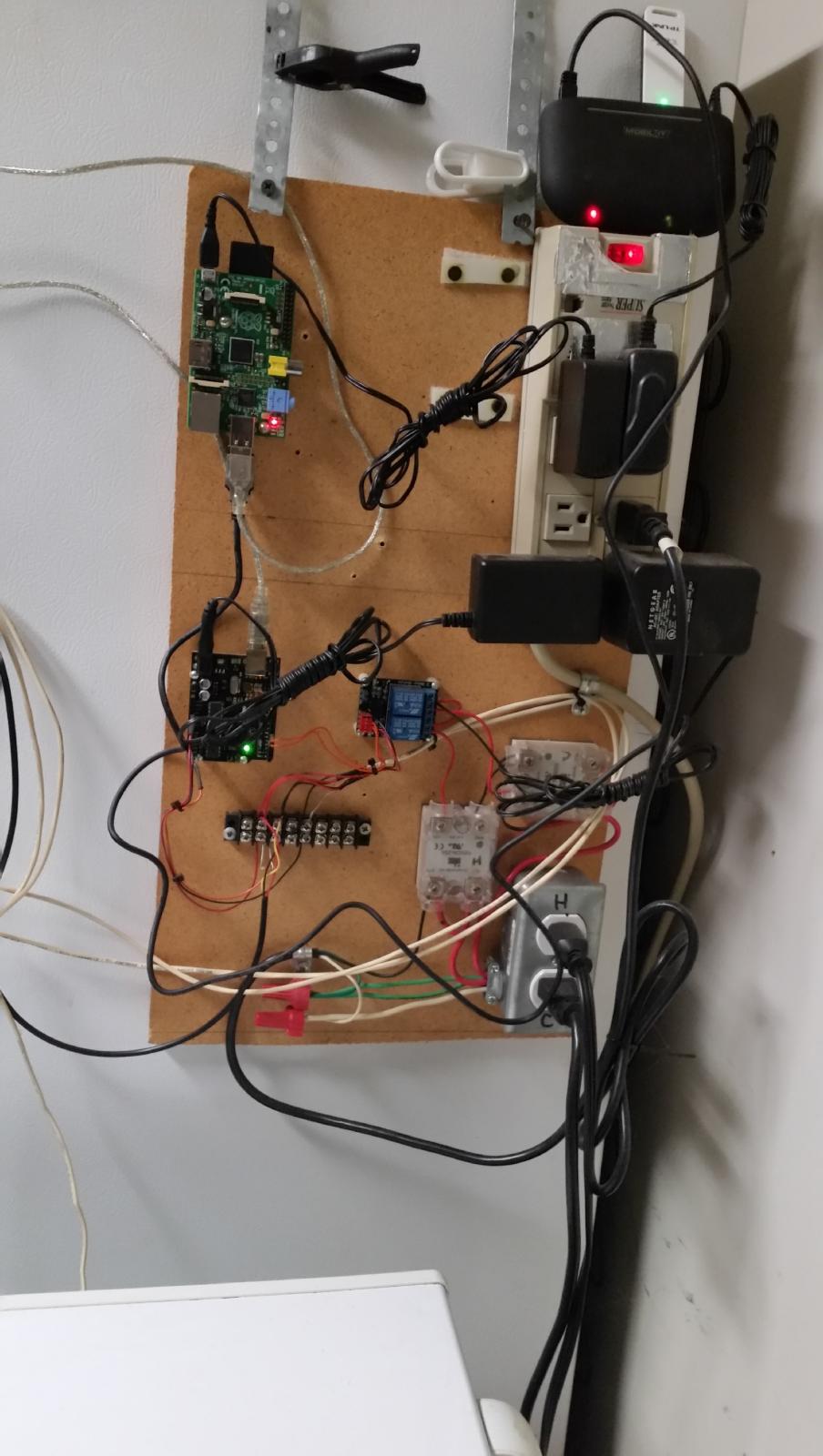Just to clarify, ALL prv will slowly leak or just the 3 cheap ones you were referring to? I see in your picture you're using the relatively expensive PRV from McMaster Carr.
If you read all the spund valve links i posted there are 3 common PRV valves that people use. I've seen people report leaks on all of them.
The reason I ask is I have the same valve in your picture, I've been pressure testing my setup the past day or so and have about a 8 psi/day leak somewhere... Not that it matters much if the yeast are churning away.
Mine isn't quite that bad but its not ok to leave it attached unless there is active fermentation. My leakage problem got much better when I switched from tape to dope. The tape works ok for water but air/co2 has less surface tension than water so it can make its way out much easier.
Can you be more specific about when fermentation is ramped down enough for you to disconnect the PRV and how often you manually relieve the pressure after you've disconnected them? Do you still keep a pressure gauge on? Maybe just an inline shut off valve between the tee fitting and the PRV would be convenient here.
It's "safe" to remove when the amount of remaining sugars will not generate an excessive pressure, or excessive carbonation in the beer if left unvented. This number is highly variable depending upon temperature and pressure, but it's on the order of 2-6 specific gravity points usually.
For ales i check it after a few days and then monitor as needed. The pressurizing curve is like an exponential approaching steady state (i think there's a better name for this but it's not coming to me), so you'll see your sharpest rise in the first few days, then it'll taper off. Check it frequently to start, then less and less so as its needed loss often.
For lagers i normally wont' even check until it's been sealed up for a week or two. They are much slower.
The further they are from the target pressure, the less frequently i check them. The closer they are, the more frequently i check until they reach steady state.
To check i just attach my spund valve with the pressure relief turned up high so it doesn't release. The gauge will read the pressure in the keg. I then pull the PRV on the keg to relieve.
























































![Craft A Brew - Safale BE-256 Yeast - Fermentis - Belgian Ale Dry Yeast - For Belgian & Strong Ales - Ingredients for Home Brewing - Beer Making Supplies - [3 Pack]](https://m.media-amazon.com/images/I/51bcKEwQmWL._SL500_.jpg)


